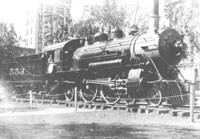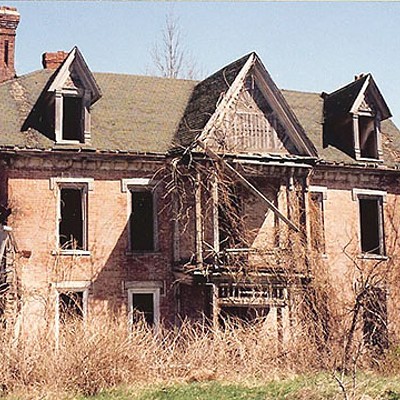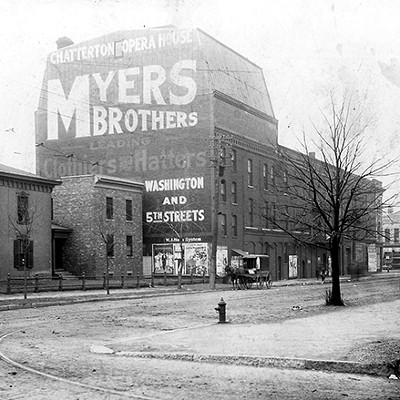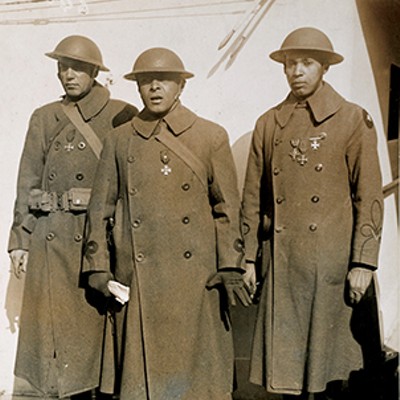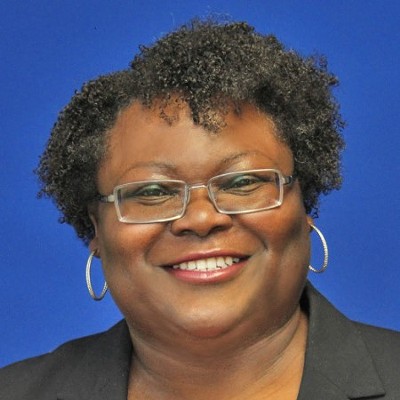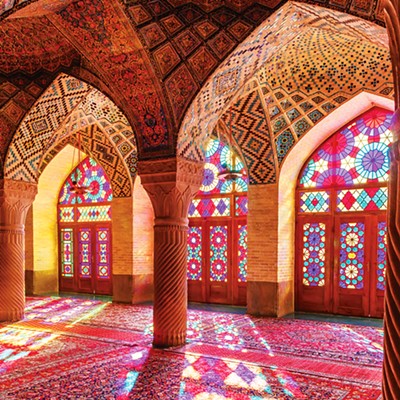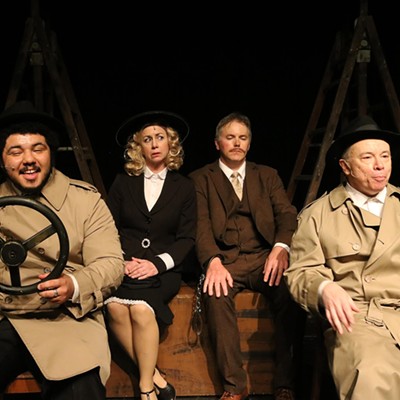In 1915, the city of San Francisco, which had been nearly destroyed nine years earlier by a calamitous earthquake and resultant fire, threw a comeback party for itself called the Panama Pacific International Exposition. Officially it was a World's Fair marking the opening of the Panama Canal and commemorating the "discovery" of the Pacific Ocean by Balboa 400 years earlier. Unofficially it was a chance for the city to finally begin to recover, psychically and economically, from the trauma of the holocaust that still ranks among the worst urban disasters in American history. The gala event, which lasted from Feb. 20 to Dec. 4 of that year, was a great success, attended by hundreds of thousands of visitors from all over the world.
Among those who visited was Robert Carr Lanphier, a 37-year-old electrical engineer from Springfield (Springfield High School class of 1894). In 1899, after his graduation with high honors from Yale University, Lanphier had formed, in partnership with the Bunn family, the Sangamo Electric Co. It had been Lanphier's intention to enter the student course of the General Electric Co., then just starting at Schenectady, N.Y., but such was the success of the fledgling manufacturer of electrical meters that Lanphier dropped his plans to attend school at G.E. and devoted all his energies to the new company.
In San Francisco, Lanphier was impressed by the work of Walter D'Arcy Ryan, chief of illumination of the exposition, a genius who had created and directed the world's first laboratory on illuminating engineering at the G.E. plant in Schenectady. Among Ryan's creations were a 43-story "Tower of Jewels," which was festooned with more than 100,000 light-reflecting glass "novagems," and a light show involving steam, colored spotlights, and glass reflectors that so wowed Lanphier that he imported the idea back to Springfield that same year. That is how the Mikado, a 98-ton locomotive of the Chicago & Alton Railroad, ended up on the lawn of the Old State Capitol.
Ryan's creation worked like this: He placed a locomotive (painted in the same fair-theme pastel colors, if you can believe that) on a pier in San Francisco Bay. The engine was torqued up to its full potential and left in full-brake mode, producing a tremendous volume of steam. Colored spotlights played across the escaping vapor, and strategically placed mirrors enhanced the overall effect into a magnificent, shimmering, multihued nighttime rainbow. It is not known whether Lanphier consulted personally with Ryan at the Exposition, but it is fair to suppose that he did. In his lifetime, Lanphier was associated with such paragons in the field of electrical engineering as Thomas Edison and Charles Kettering; he spoke their language. Ryan was certainly in that class, and it would have been natural for Lanphier to seek him out and divine the particulars of the operation.
In any case, Lanphier successfully pitched the idea of a courthouse-square light show, as an adjunct attraction of the lawn carnival already scheduled to take place there during fair week (Sept. 17-24), to the Springfield Commercial Association. With the association's aid, the cooperation of the Chicago & Alton Railroad (which added temporary tracks up Adams Street), a crew of 50 men, some huge lifting devices, a tender engine, and a whole lot of careful maneuvering, Engine No. 553 was moved onto the south lawn of the courthouse at 8:30 p.m. on Wednesday, Sept. 15.
The "illuminations," which began on Saturday night, were a smashingly popular attraction. The Register reported: "The vari-colored vapor rising from the roof of the court house and enveloping the dome is the most spectacular feature of the lighting effects this year. It was given a successful trial last night and the downtown section was thronged with people early in the evening. Steam from the engine is pumped into perforated piping about the court house roof and as it rises, colored lights are thrown upon it from adjacent buildings. The effect was indescribably beautiful, the dome appearing to be enveloped in a smouldering fire of rainbow hues." The other carnival attractions included vaudeville musical and comedy troupes; the "Boston Bulls," a group of nine trained dogs; and Mademoiselle LaBella and Dare-Devil Hurley, who performed a "leap for life" in a bicycle-trapeze stunt.
Springfield schoolchildren were able to attend all the city's festivities free of the normal routine of classes and homework, for in a great show of foresight (actually, from years of experience) and in the spirit of "if you can't beat 'em, join 'em," the school board voted to suspend school for the entire week. According to the Register, "The kids simply won't stay in school during fair week."
William D'Arcy Ryan was the first electrical engineer to have the title of "illuminating engineer." He pioneered the field by changing the fundamental concept of lighting -- from the idea of light for light's sake to putting the desired amount, and kind, of light on an object. He laid the foundation for using light in a scientifically and aesthetically pleasing manner, and his genius for that was not lost on Lanphier.
Lanphier's death on Jan. 29, 1939, was front-page banner-headline news in Springfield. Because of his generosity, civic involvement, and concern for the welfare of his employees and the citizens of Springfield, he is honored in our memory by the attachment of his name to the high school and adjacent park.
To see an illustration of the San Francisco light display that inspired the "illuminations" in Springfield, go to www.postcard.org/pie-hue-ryan.htm.

